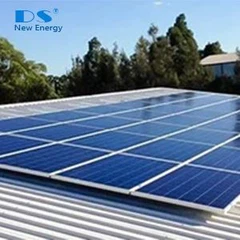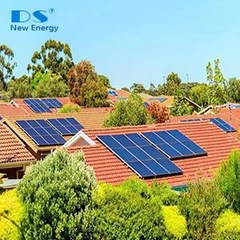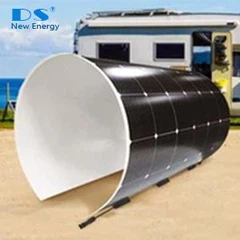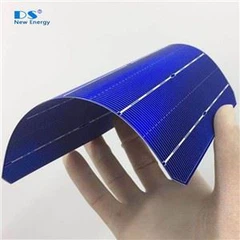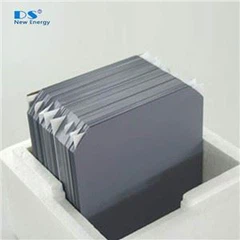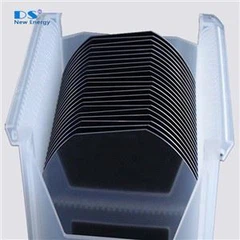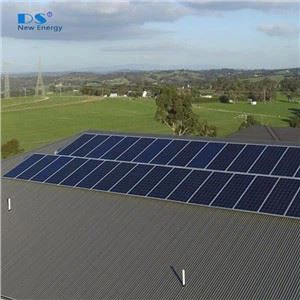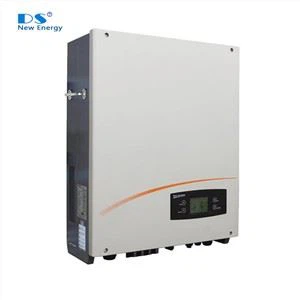
The sun shines on the semiconductor p-n junction, forming a new hole-electron pair. Under the action of the electric field at the p-n junction, the hole flows from the p region to the n region, and the electron flows from the n region to the p region. This is how photovoltaic solar cells work.

Solar power generation there are two ways of solar power generation, one is the light-heat-electricity conversion mode, the other is the direct light-electricity conversion mode.
(1) the light-heat-electricity conversion mode USES the thermal energy generated by solar radiation to generate electricity. Generally, the solar collector converts the heat energy absorbed into working medium steam and drives the steam turbine to generate electricity. The former process is the light-heat conversion process; The latter process is thermoelectric conversion.

(2) the direct light-electricity conversion method USES the photoelectric effect to directly convert solar radiation energy into electric energy. The basic device of the light-electricity conversion is solar cell. Solar cell is a kind of device that directly converts solar light energy into electric energy due to the photovoltaic effect. It is a semiconductor photodiode. When the solar light hits the photodiode, the photodiode will change the solar light energy into electric energy and generate current. When many cells are connected in series or in parallel, they can become solar arrays with relatively large output power.


